Technology
Genizer provides microfluidics mixers, high pressure homogenizers, liposome extruders, nano particle analyzers and nano formulation services for pharmaceutical, biochemical, cosmetics and food industries. Genizer technology can be applied to nanomedicine, such as nanoparticles, nanoemulsions, liposomes, vaccines, gene delivery systems, as well as cell disruption, graphene and nanotube. NanoGenizer, a high pressure homogenizer for nanotechnology, helps scientists to achieve uniform nanoemulsions and uniform particle size reduction, seamless scale-up and unparalleled repeatability.
What is homogenization?
Homogenization, or homogenisation, is any of several processes used to make a mixture of two mutually non-soluble liquids the same throughout. This is achieved by turning one of the liquids into a state consisting of extremely small particles distributed uniformly throughout the other liquid. In other words, homogenization is the process of converting two immiscible liquids into an emulsion.
Genizer homogenization technology applies a microfluidics Diamond Interaction Chamber (DIXC) to produce uniform nanoparticles in high shear homogenizers. The processed fluid passes through the fixed geometry within the Y-type and Z-type microfluidics chamber (which can also be considered a continuous microreactor) to create a uniform processing profile. Through this method, oil-in-water and water-in-oil nanoemulsions (100–1000 nm) can be produced.
High pressure nozzel, impact valve or microfludics chamber (microreactor)?
High pressure homogenization process pumps are able to deliver 100-300 MPa hydrostatic pressure to a liquid before any restriction to flow is imposed, regardless of the flow rate. Current industrial, pilot, and lab-scale high pressure homogenizers are equipped with plunger-like pumps and valves, nozzles, or chambers made from abrasion-resistant ceramics or hard gemstones. Three traits characterize effective homogenization: cavitation (Figure A), impact (Figure B), and shear. The valves, nozzles, or chambers promote one or a combination of these traits.
What is homogenization?
Homogenization, or homogenisation, is any of several processes used to make a mixture of two mutually non-soluble liquids the same throughout. This is achieved by turning one of the liquids into a state consisting of extremely small particles distributed uniformly throughout the other liquid. In other words, homogenization is the process of converting two immiscible liquids into an emulsion.
Genizer homogenization technology applies a microfluidics Diamond Interaction Chamber (DIXC) to produce uniform nanoparticles in high shear homogenizers. The processed fluid passes through the fixed geometry within the Y-type and Z-type microfluidics chamber (which can also be considered a continuous microreactor) to create a uniform processing profile. Through this method, oil-in-water and water-in-oil nanoemulsions (100–1000 nm) can be produced.
High pressure nozzel, impact valve or microfludics chamber (microreactor)?
High pressure homogenization process pumps are able to deliver 100-300 MPa hydrostatic pressure to a liquid before any restriction to flow is imposed, regardless of the flow rate. Current industrial, pilot, and lab-scale high pressure homogenizers are equipped with plunger-like pumps and valves, nozzles, or chambers made from abrasion-resistant ceramics or hard gemstones. Three traits characterize effective homogenization: cavitation (Figure A), impact (Figure B), and shear. The valves, nozzles, or chambers promote one or a combination of these traits.
Selection Guide for Chamber Types
| Type of Chamber | Cavitation Nozzle (Figure A) | Impact Valve (Figure B) | Y-Type Chamber (Figure C) |
| Application | High viscosity liquid, suspension or paste |
Food, Beverage | Pharmaceutical Emulsion, Nanoparticles |
| Advantage | Old Style | Use for Food | High Efficacy |
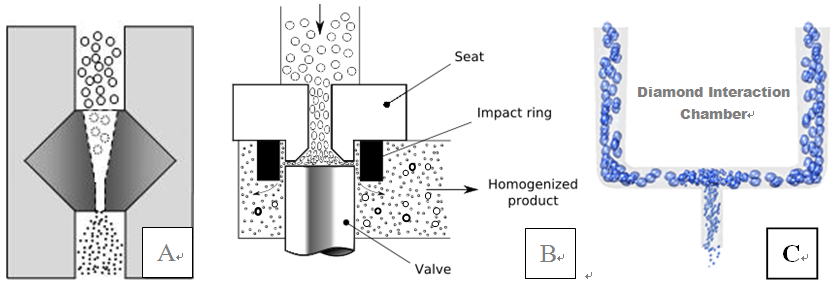
Three-Types Homogenizing Mechanism in History
The Y-type interaction chamber (Figure C), regarded as one of the most powerful chambers to date, has been used by several manufacturers, including Microfluidics (Y-type interaction chamber), Avestin (static homogenizing valve) and Nanomizer (collision-type generator). In these systems, the flow stream is split into two channels that are redirected over the same plane at right angles and propelled into a single flow stream. The high pressure produces a high speed at the crossover of the two flows, which results in high shear, turbulence, and cavitation over the single outbound flow stream.
The Y-type chamber is generally made of two blocks of diamond or ceramic with a very small opening (nozzle) of 50~400μm in diameter. Two block-forming members are first ground and lapped to be optically flat. Then, grooves corresponding to the desired sizes and shapes are etched into the face of each block in precise alignment. Homogenization energy is concentrated at the collision point where the liquid streams collide in the internal drain.

The Y-type chamber is generally made of two blocks of diamond or ceramic with a very small opening (nozzle) of 50~400μm in diameter. Two block-forming members are first ground and lapped to be optically flat. Then, grooves corresponding to the desired sizes and shapes are etched into the face of each block in precise alignment. Homogenization energy is concentrated at the collision point where the liquid streams collide in the internal drain.

Y-type chamber made by two blocks of optically flat disk
Pressure and chamber selection for various applications with NanoGenizer
| Cells | Mammalian cell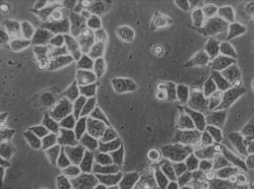 |
Insect cell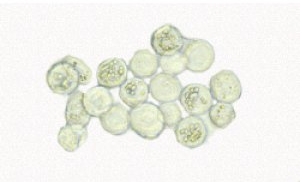 |
Bacteria cell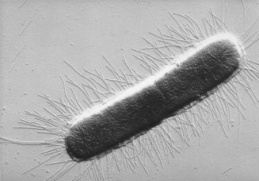 |
Yeast cell |
Algae cell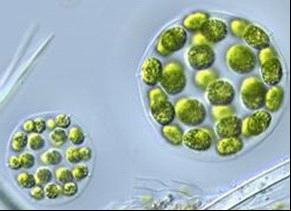 |
SPore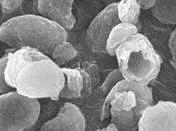 |
| Sample | CHO|Hela | Sf9|Sf21|H5 | E. Coli | Yeast | Green algaea | Ganoderma |
| Pressure | 600-800bar 8500-11500psi | 600-1000bar 8500-14500psi | 800-1000bar 11500-14500psi | 1200-1400bar 17500-20000psi | 1200-1500bar 7500-21500psi | 1300-1600bar 18500-23000psi |
| Chamber | F20Y, F20Y-RT | F20Y, F20Y-RT | F20Y, F20Y-RT | F20Y, F12Y | F20Y, F12Y | F20Y, F12Y |
| Emulsions | Oil in water emulsions |
Water in oil emulsions |
Oil emulsion |
Food |
Liposome (o/w)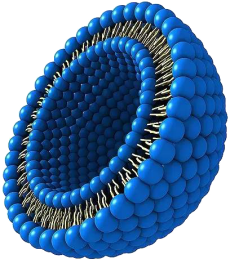 |
Liposome (w/o)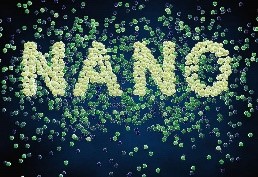 |
| Sample | Fat emulsion | Cosmetics | Fuel | Milk | DOX | DNA|lipopolyplex |
| Pressure | ~20,000psi | ~10,000psi | ~20,000psi | ~10,000psi | ~20,000psi | ~8,000psi |
| Chamber | F20Y, F12Y | F20Y | F20Y, F12Y | F20Y | F20Y, F12Y | F20Y |
| Dispersions | Pigments |
Creams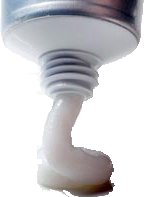 |
Battery |
Particle aggregation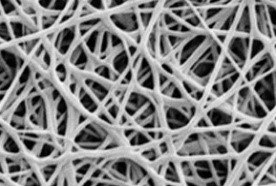 |
Graphene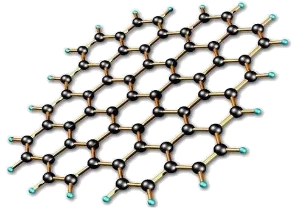 |
Nanotubes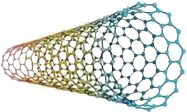 |
| Sample | Inks, Coatings | Creams | Lithium/Solar cell | Nano fibril | Graphene | Carbon Nanotubes |
| Pressure | ~20,000psi | ~20,000psi | ~20,000psi | ~25,000psi | ~50,000psi (single layer) |
>20,000psi |
| Chamber | F20Y, F12Y | F20Y, F12Y | F20Y, F12Y | F20Y, F12Y | F20Y, F12Y | F20Y, F12Y |

 USD
USD
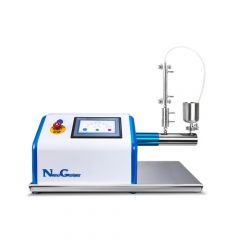
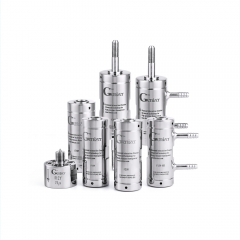
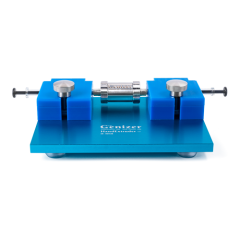
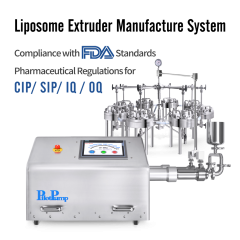
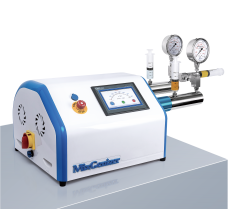

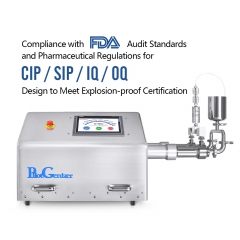
 949-932-0294 Los Angeles
949-932-0294 Los Angeles  Nano@Genizer.com
Nano@Genizer.com